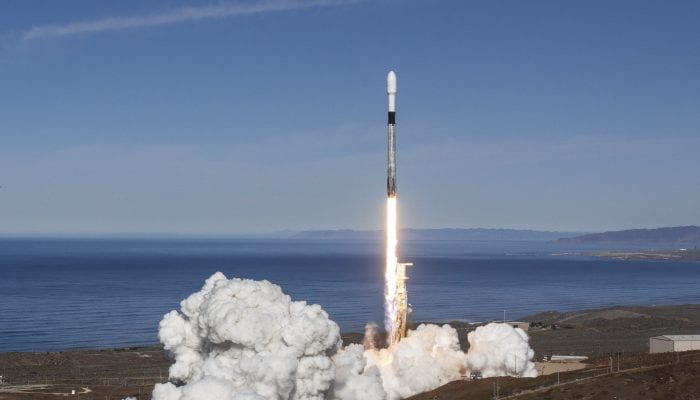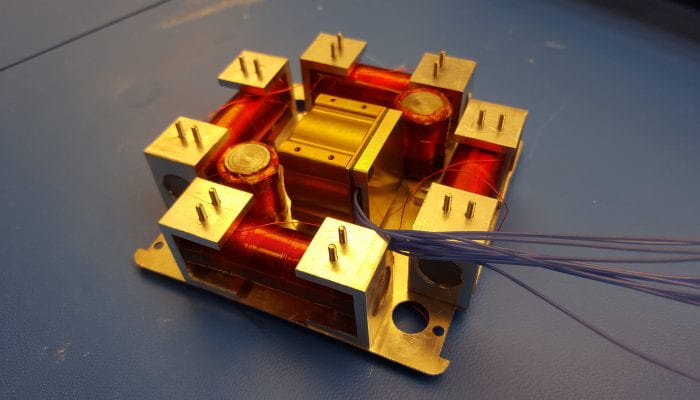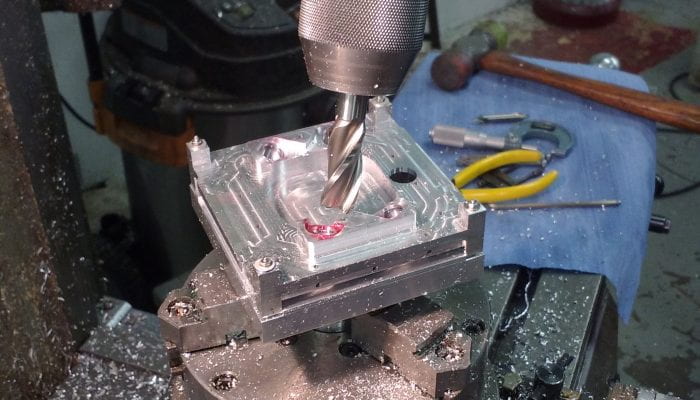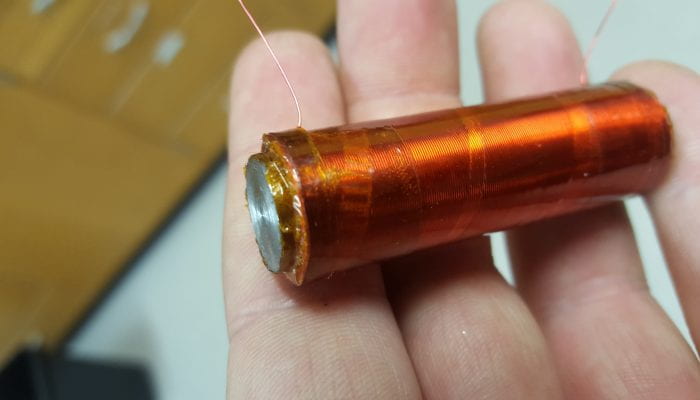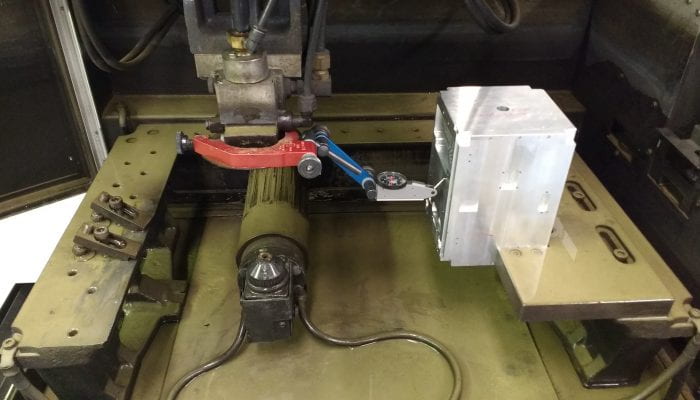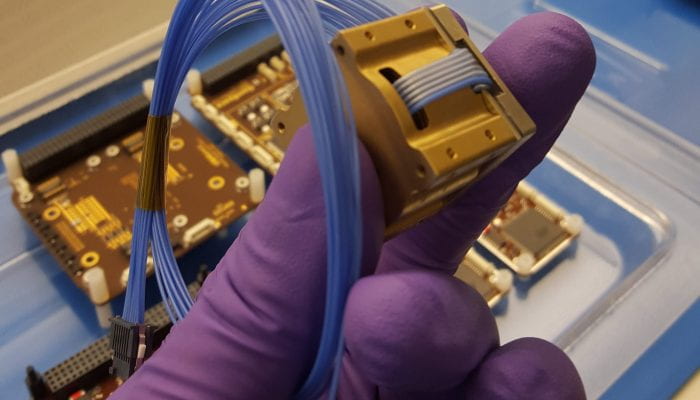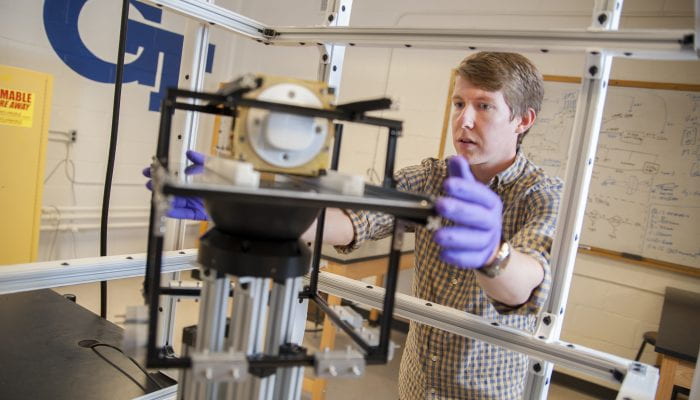The Ranging And Nanosatellite Guidance Experiment (RANGE) cubesat mission was recently selected for a flight opportunity as part of the Terra Bella (formerly Skybox) University Cubesat Partnership, with a tentative launch date scheduled for 2018. The RANGE mission involves two 1.5U cubesats flying in a leader-follower formation with the goal of improving the relative and absolute positioning capabilities of nanosatellites. The satellites’ absolute positions will be tracked using GPS receivers synchronized with miniaturized atomic clocks, and will be validated using ground-based laser ranging measurements. The relative position of the satellites will be measured using an on-board compact laser ranging system, which will also double as a low-rate optical communication system. The satellites will not have an active propulsion system, so the separation distance of the satellites will be controlled through differential drag techniques. The results of the mission should serve to enable more advanced payloads and future mission concepts involving formations and constellations of nanosatellites.
UPDATE!! RANGE successfully launched into orbit on Monday, 12/3, around 1:34 ET on board a SpaceX Falcon-9 rocket as part of Spaceflight’s SSO-A mission. Congratulations to all of the students who worked hard over the past three years to make this happen, and thanks to Skybox/Planet for providing the launch opportunity! We’re still waiting for first contact with the satellites, but this should happen soon. The SSO-A mission included a total of 64 rideshares, and was the first time a Falcon-9 booster had been reused three times. In addition, RANGE became the first satellites design, built, and operated by Georgia Tech!
The broadcast of the launch can be watched here:


